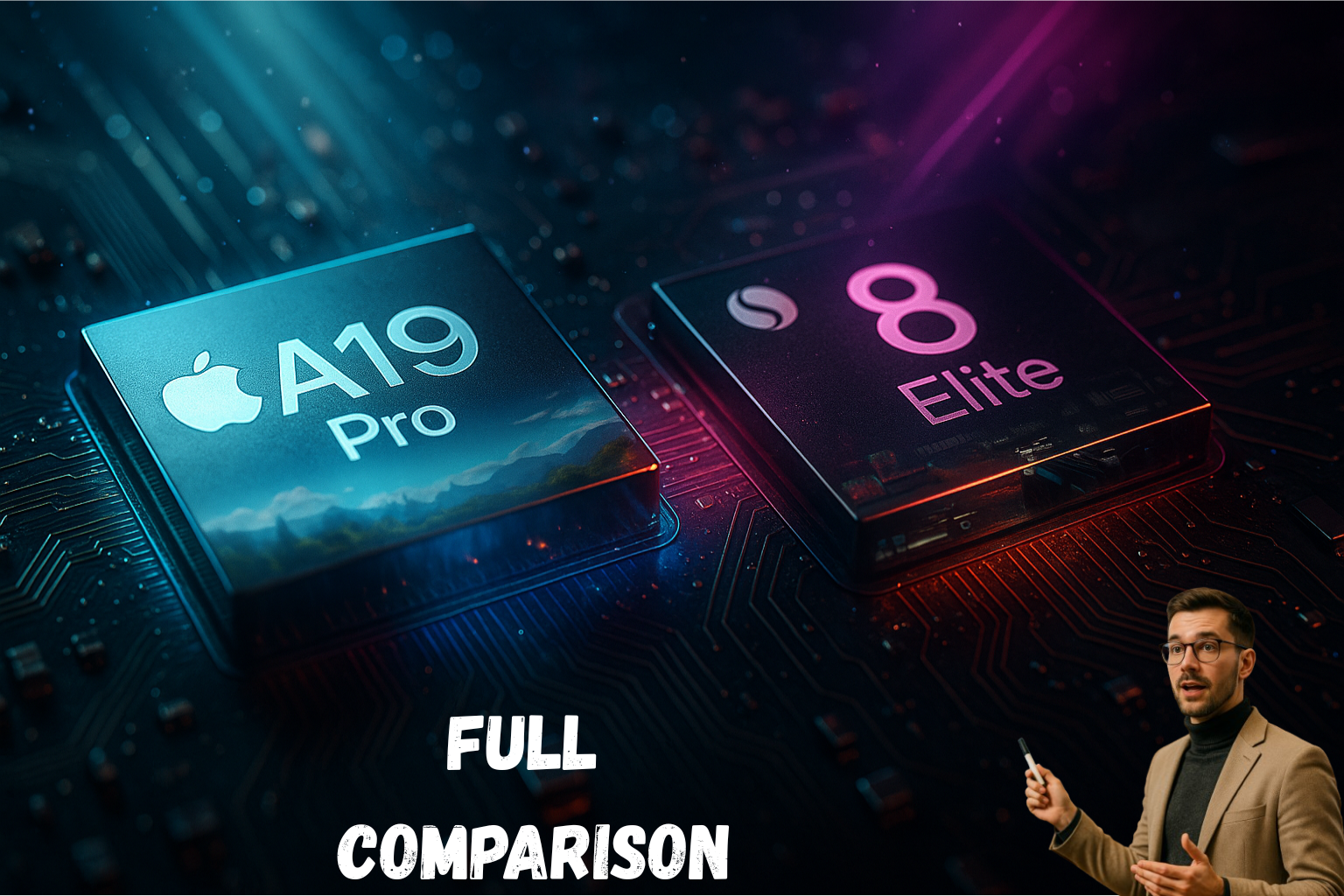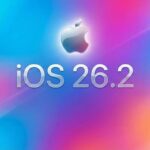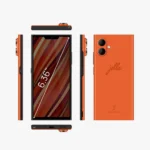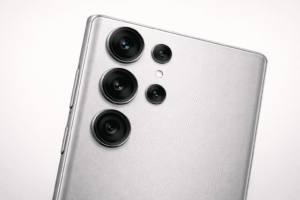If you’re picking a phone primarily for gaming, the two chips at the top of the conversation in 2025 are Apple’s A19 Pro (iPhone 17 Pro) and Qualcomm’s Snapdragon 8 Elite (flagship Android phones). Both are extremely capable, but they make slightly different tradeoffs — here’s a clear, casual, techy breakdown that tells you what actually matters for games like Genshin Impact, Call of Duty Mobile, PUBG Mobile, Fortnite and more.
Quick spec snapshot (easy to read)
Fabrication: A19 Pro — upgraded TSMC 3nm; Snapdragon 8 Elite — advanced 3nm node. Both are ultra-efficient.
CPU: A19 Pro — 6-core design (very high single-core clock and strong IPC). Snapdragon 8 Elite — 8-core design (more cores, high clocks on big cores).
GPU: A19 Pro — Apple’s custom multi-core GPU tuned for Metal. Snapdragon 8 Elite — Adreno flagship GPU with big gains over previous gens.
NPU/AI: A19 Pro — large Neural Engine plus GPU-accelerated AI blocks. Snapdragon — Hexagon NPU for on-device AI.
Memory & storage: Both support LPDDR5X and very fast flash; Android phones often ship with larger RAM options (12–24GB) and bigger battery packs.
Real benchmark examples: Geekbench (approximate): A19 Pro ~3895 single-core / ~9746 multi-core; Snapdragon 8 Elite ~3033 single-core / ~9271 multi-core. GPU benchmarks vary by test, but both score at the top of mobile charts.
What those specs mean for gaming (plain English)
Single-core vs multi-core: Games usually rely more on single-core performance for game logic and frame pacing. That’s where Apple’s high-performance cores and tight hardware/software integration give the A19 Pro an edge.
GPU muscle: Both GPUs are flagship-level. Apple’s GPU is highly optimized for iOS games; Adreno on the Snapdragon is powerful and flexible, especially on Android titles optimized for Vulkan.
AI features: AI accelerators help with features like upscaling, smart resolution scaling, and some in-game effects — both chips are ready for that, but Apple bundles tighter hardware + software integration which can be beneficial for some titles.
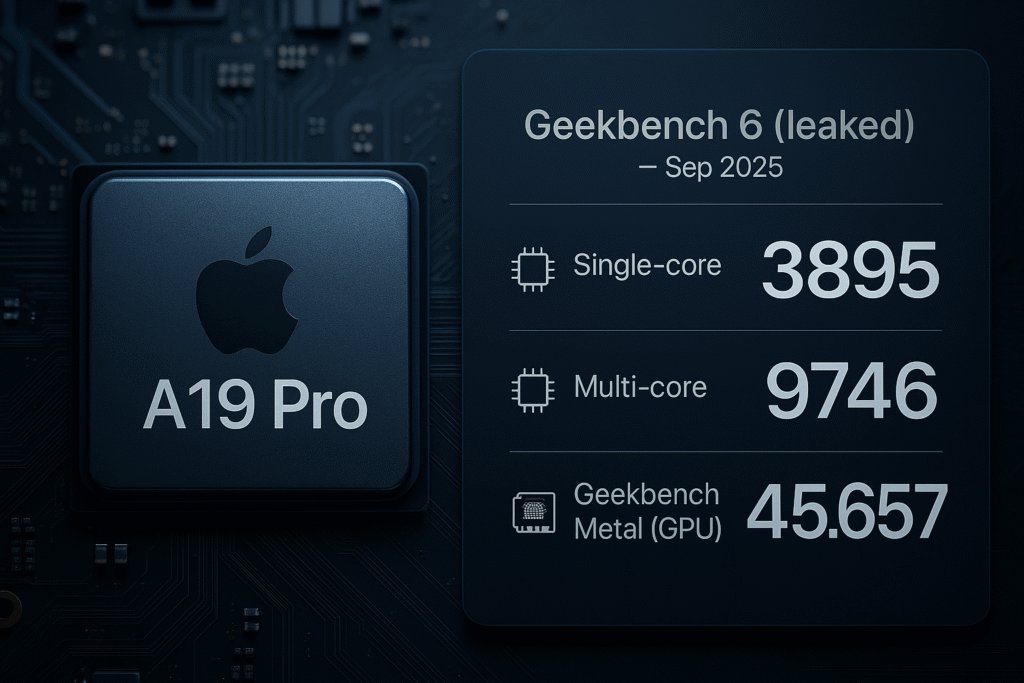
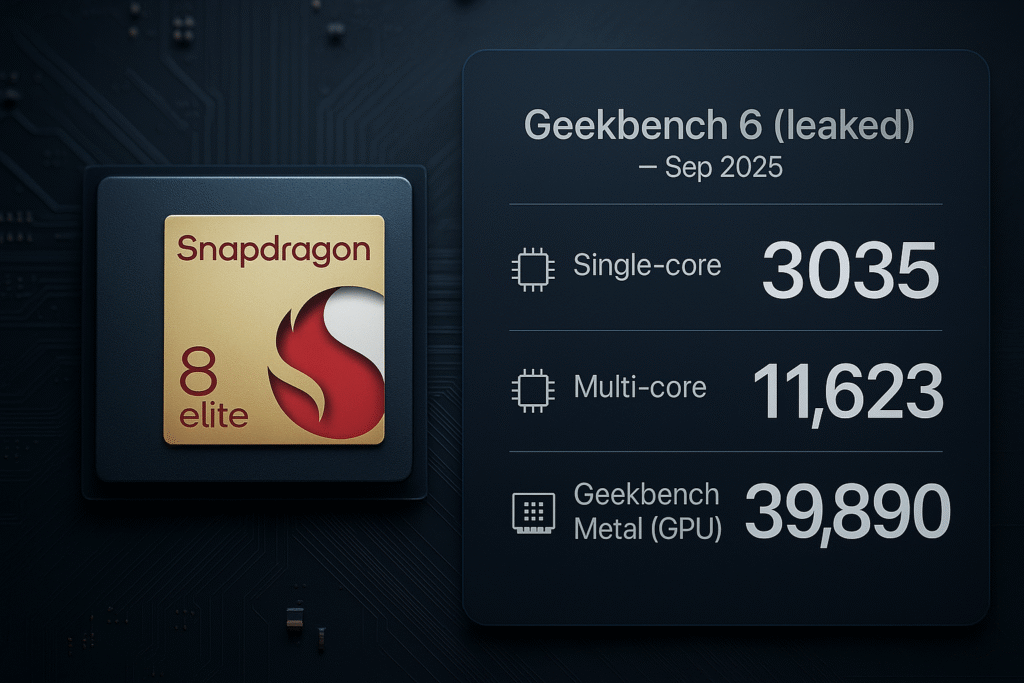
Real-world gaming — FPS, thermal behavior, battery
Genshin Impact:
This is a GPU-heavy, open-world title. On many tests, high-end Android phones hit around 60 FPS on max settings while top iPhones frequently show higher frame headroom (tests have shown iPhones hitting much higher average frame rates in the same scenes). Practically, that means smoother visuals and less stutter on the A19 Pro in some scenarios.
Call of Duty Mobile / PUBG Mobile
These competitive shooters can run at 60–120 FPS. Snapdragon 8 Elite phones frequently reach 120 FPS where the game and OEM allow it. A19 Pro can match or exceed those frame rates on supported titles, but iOS builds sometimes cap at 60 FPS by developer choice. If a game supports 120 Hz on iPhone, A19 Pro handles it with room to spare.
Call of Duty Mobile / PUBG Mobile
These competitive shooters can run at 60–120 FPS. Snapdragon 8 Elite phones frequently reach 120 FPS where the game and OEM allow it. A19 Pro can match or exceed those frame rates on supported titles, but iOS builds sometimes cap at 60 FPS by developer choice. If a game supports 120 Hz on iPhone, A19 Pro handles it with room to spare.
Fortnite and other cross-platform games
Most mobile builds cap at 60 FPS. Both chips deliver excellent 60 FPS gameplay, with details and effects scaled to taste. Apple has demonstrated on-device ray tracing in some demos — a neat advantage for visual fidelity if developers support it.
Thermals & sustained play
Extended gaming heats chips up. Apple’s latest phones have improved cooling hardware (vapor chamber designs) that help sustain peak performance longer, reducing sudden frame drops. Snapdragon 8 Elite is efficient but some real-world stress tests show more aggressive thermal throttling under long, heavy GPU loops — meaning frame drops can be more likely on some Android phones unless the OEM very carefully tunes cooling.
Battery impact
Under heavy load, tests show Apple’s silicon can do the same work using less power than some Android flagships (so lower wattage draw for the same frame rates). But Android phones often come with much larger batteries, which can even things out in total playtime.
Practical advice for gamers
If you want rock-solid top single-frame speed, smoothness and slightly better power efficiency: A19 Pro (iPhone 17 Pro) has the edge.
If you want flexibility, higher RAM options, and phones that often let you push 120 FPS in titles that support it: Snapdragon 8 Elite phones are excellent and sometimes give higher configurable frame ceilings.
Want the longest continuous gaming sessions with max visuals? Look at the phone’s cooling and battery size as much as the SoC.
FAQs
Which chip gives better battery life while gaming?
The A19 Pro is more power-efficient for the same workload, so it tends to use less power at equivalent frame rates. However, bigger batteries on Android flagships often compensate for that advantage
Will my phone throttle while gaming?
All phones throttle eventually if temperatures rise enough. The iPhone’s new cooling helps the A19 Pro sustain peak performance longer; Snapdragon 8 Elite phones can also be well-tuned, but some models have shown larger drops in long stress tests.
Can either chip run 120 FPS in games?
Yes — Snapdragon 8 Elite phones commonly reach 120 FPS where the game supports it. A19 Pro can too if the game and iOS build allow it, but some titles are capped by the developers.
Which is better for competitive gamers?
Both. For absolute low-latency and frame-stability, many prefer Apple’s consistent single-core performance. For flexible settings and higher refresh ceiling, several Android flagships are great. Ultimately, the phone model and game optimization matter as much as the chip.

